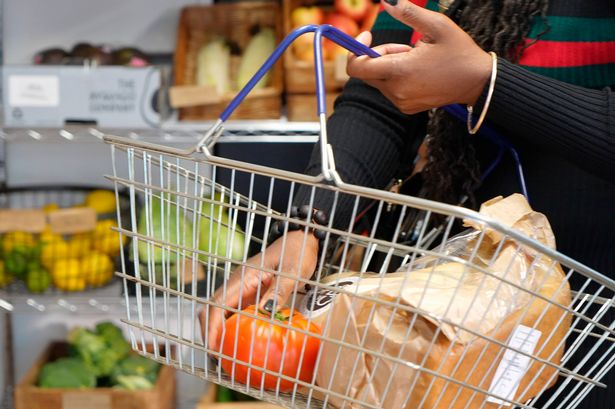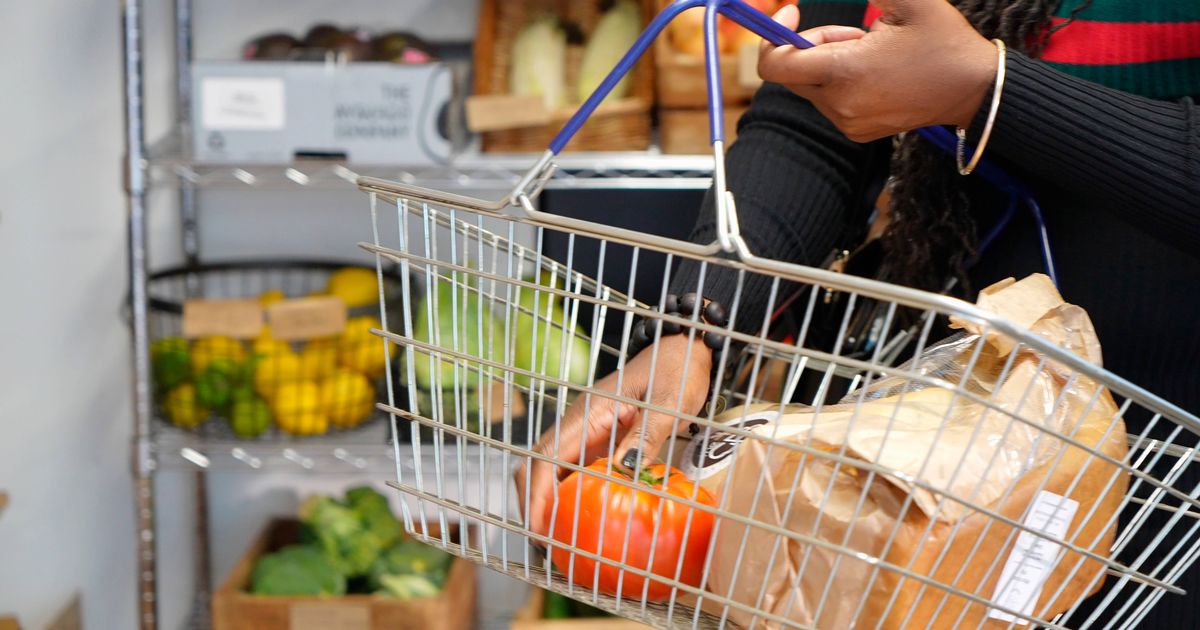As SNAP benefits are due to be delayed for November and millions worry about food insecurity, NY state officals have issued seven points to keep in mind
13:50 ET, 27 Oct 2025Updated 13:54 ET, 27 Oct 2025
 As the government hits day 27 of a federal shutdown, states are beginning to warn residents not to expect their food assistance programs this month(Image: Tara Moore via Getty Images)
As the government hits day 27 of a federal shutdown, states are beginning to warn residents not to expect their food assistance programs this month(Image: Tara Moore via Getty Images)
New York state residents have been issued a 7-point bulletin regarding their monthly SNAP benefits, which will be delayed in November as per the government shutdown.
“All eligible households will continue to receive their October SNAP benefits as usual, and these benefits can be used at all authorized retailers and farmers’ markets. However, due to the ongoing federal government shutdown, there may be a delay in issuing November SNAP benefits,” reads the advisory, posted on the state’s SNAP info page.
The U.S. Department of Agriculture has issued a stark warning on its website stating that federal food assistance will be halted starting Nov. 1, dramatically escalating concerns for families across the nation as the government shutdown continues.
READ MORE: Donald Trump ‘wants shut down to continue to exercise king-like powers’ says leading DemREAD MORE: Trump won’t use emergency SNAP funds as 42 million face food crisis Those who rely on EBT or other food programs may find themselves struggling come November(Image: AP)
Those who rely on EBT or other food programs may find themselves struggling come November(Image: AP)
In fiscal year 2024, approximately 2.93 million people received SNAP benefits in New York, which is 14.7 percent of the state’s population. In NYC alone, 1.73 million residents received SNAP benefits in 2023.
The state government continued to explain, “SNAP benefits for November cannot be distributed unless federal funding is authorized.”
The Office of Temporary and Disability Assistance added that it (OTDA) will notify SNAP households about the status of November benefits by November 1, 2025, through the OTDA website, NYC ACCESS HRA, myBenefits, the ebtEDGE app, and text messages.
The advisory continues to say that SNAP households are encouraged to continue fulfilling all program requirements, including recertifications, periodic reports, and reporting any changes in their circumstances. Applications for SNAP will still be accepted during this period.
“It is important to note that the federal government shutdown does not affect Summer EBT or Public Assistance (cash) benefits,” says the bulletin. “However, households that are approved for SNAP after November 1st may not receive their benefits until the federal shutdown is resolved.”
New applicants can apply for SNAP or Public Assistance at their local department of social services or online at mybenefits.ny.gov.
Residents of New York can apply online via ACCESS HRA or in person at a Human Resources Administration (HRA) SNAP center.
 (Image: Getty Images/Tetra images RF)
(Image: Getty Images/Tetra images RF)
For the most current information regarding the federal government shutdown and WIC operations in New York State, individuals should refer to the Frequently Asked Questions About WIC. For updates about the shutdown and November SNAP benefits, visit the Frequently Asked Questions About November SNAP Benefits.
New Yorkers are among the few who will see continuing applications. In some areas, new applications for the program are not being processed. “Starting October 16, SNAP benefits will not be paid until the federal government shutdown ends and funds are released to PA,” reads a notice from the Pennsylvania state website.
New Jersey, Maryland, New York, and Texas have issued similar notices.
SNAP is a significant part of the nation’s social safety net, impacting nearly 1 in 8 people in the country each month. Recipients receive benefits on prepaid cards that they can use for groceries.
The other major components of the safety net – Social Security and Medicaid – are expected to continue paying benefits during the shutdown. But due to its funding structure, SNAP is at risk.
In the fiscal year that ended on Sept. 30, 2024, SNAP cost just over $100 billion, including half of state administrative costs covered by federal taxpayers. It provided an average of $187 a month to 41.7 million people.
The U.S. Department of Agriculture, which supervises the program, sent letters on October 10 to state agencies managing it, instructing them not to send certain files to contractors that would enable EBT cards to be loaded at the start of November.

